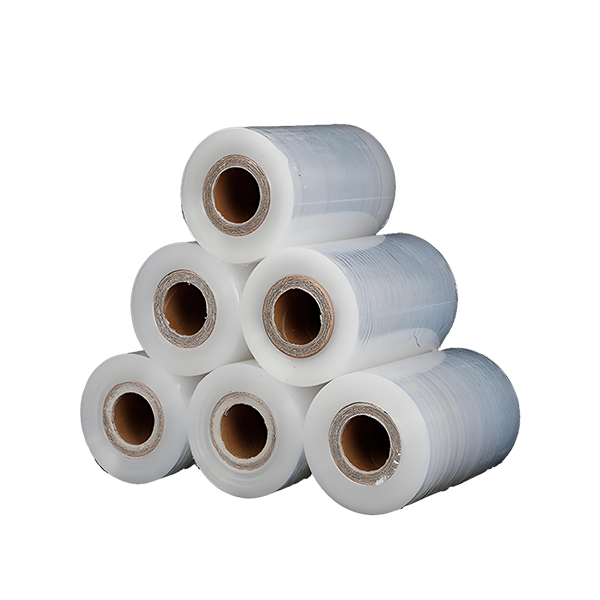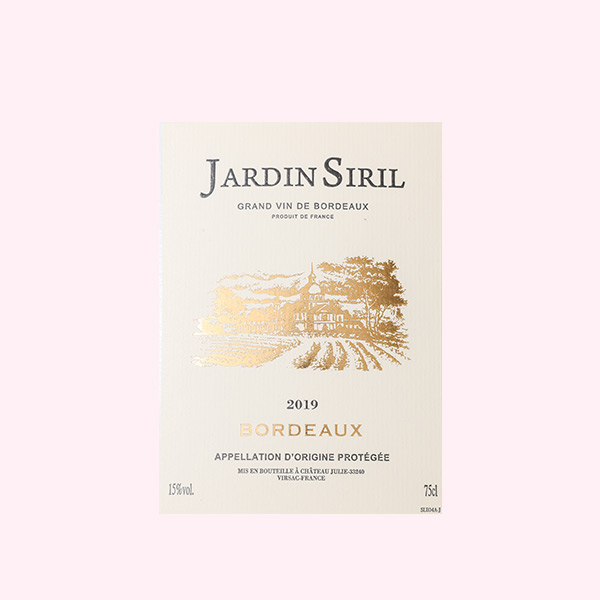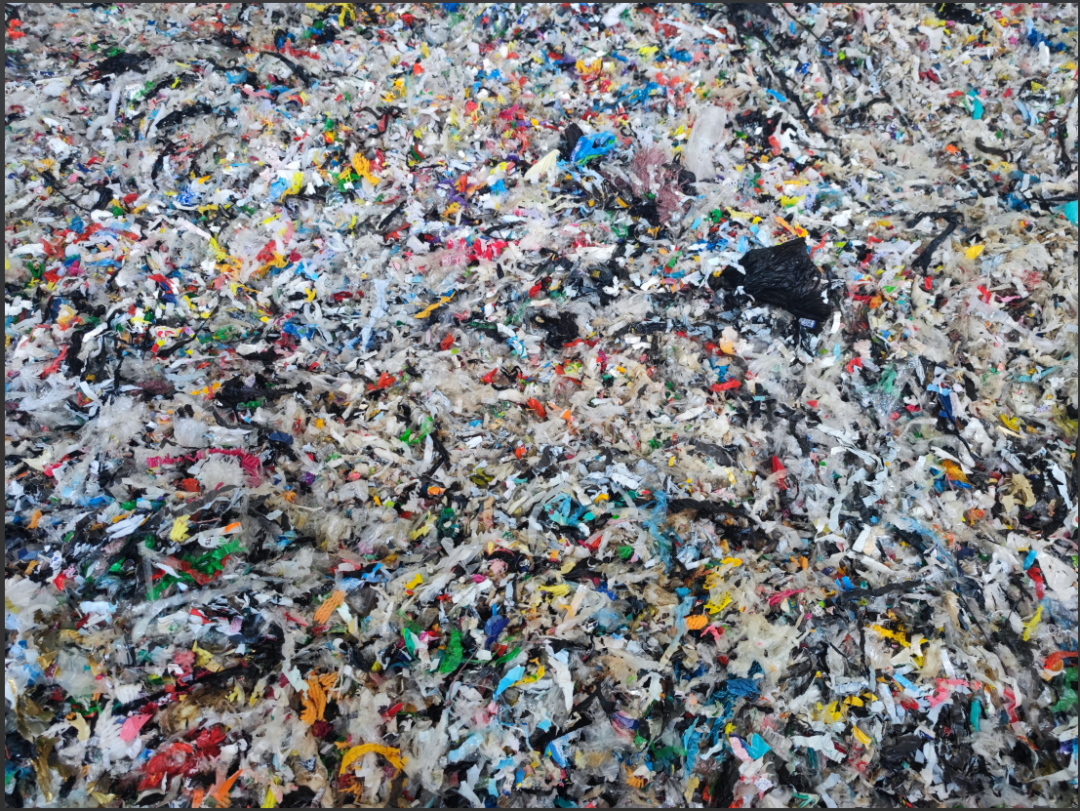Unveiling the Most Popular Choice in Packaging Materials: A Comprehensive Analysis
In today's fast-paced world, packaging plays a crucial role in product presentation, protection, and sustainability. With an array of packaging materials available, it becomes essential to identify the most popular choice that aligns with consumer demands, industry trends, and environmental concerns. This article aims to delve into the various packaging materials, their advantages and disadvantages, and ultimately reveal the most sought-after option in the market.
- Traditional Packaging Materials:
1.1. Cardboard:
Cardboard, known for its versatility and cost-effectiveness, has been a popular choice for packaging across industries. Its lightweight nature and ability to be easily customized make it suitable for various products. However, it may lack durability and resistance to moisture, limiting its application in certain industries.
1.2. Plastic:
Plastic packaging, particularly polyethylene terephthalate (PET) and polypropylene (PP), has dominated the market for decades. Its durability, flexibility, and transparency make it ideal for food, beverages, and personal care products. However, the environmental concerns associated with plastic waste have led to a shift in consumer preferences.
- Emerging Sustainable Alternatives:
2.1. Biodegradable Packaging:
Biodegradable materials, such as bioplastics derived from renewable sources like cornstarch or sugarcane, have gained popularity due to their reduced environmental impact. These materials can decompose naturally, minimizing pollution and waste accumulation. However, their limited availability and higher production costs pose challenges for widespread adoption.
2.2. Paper-based Packaging:
With the growing emphasis on sustainability, paper-based packaging has witnessed a resurgence. Made from renewable resources, such as recycled paper or responsibly sourced wood fibers, it offers excellent recyclability and biodegradability. Additionally, advancements in technology have led to the development of water-resistant and grease-resistant paper-based materials, expanding their application range.
2.3. Innovative Materials:
Innovative packaging materials, such as mushroom-based packaging and seaweed-based films, have emerged as promising alternatives. These materials are renewable, compostable, and offer comparable functionality to traditional options. However, their scalability and cost-effectiveness are still being explored, limiting their widespread adoption.
- The Most Popular Choice: Sustainable Flexible Packaging:
Among the various packaging materials, sustainable flexible packaging has gained significant traction in recent years. This versatile option combines the advantages of multiple materials, such as paper, bioplastics, and compostable films, to create a lightweight, durable, and eco-friendly solution. It offers excellent barrier properties, product visibility, and can be customized to meet specific requirements. Moreover, sustainable flexible packaging reduces carbon footprint, minimizes waste generation, and aligns with the growing consumer demand for sustainable practices.
Conclusion:
In the quest for the most popular choice in packaging materials, sustainable flexible packaging emerges as the frontrunner. Its ability to integrate multiple materials, provide optimal product protection, and address environmental concerns make it a preferred option across industries. As consumer preferences continue to evolve, it is crucial for businesses to adapt and embrace sustainable packaging solutions to meet both market demands and sustainability goals.



